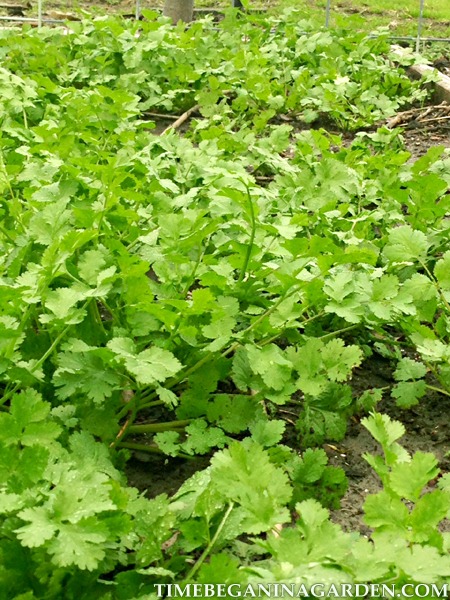Cilantro is an herb used in cooking which comes from the plant Coriandrum sativum and is commonly called Chinese Parsley. It is commonly seen in Mexican, Latin, and Asian dishes.
The roots, stems, leaves, and seeds of Cilantro can be used for cooking. Leaves are the most commonly used and go well in many dishes. The root is used in Asian dishes for stronger flavor. The seeds from Cilantro are called coriander and have a mild sweet and spicy flavor.
Health Benefits of Cilantro:
Several studies have shown that eating plants like cilantro can decrease the chances of diabetes, heart disease, and obesity. It also helps with increased energy, lower weight, and because of it high antioxidants, healthy hair and skin. Other benefits of cilantro are that it can reduce swelling, fight anemia, reduce nausea, ease hormonal swings, and provide fiber.
Cilantro is used for "detoxification" in juices and drinks because of its antimicrobial and heavy metal chelation. New studies are showing that Cilantro is so powerful at removing heavy metals that it may be useful to purify drinking water.
Sun Requirements of Cilantro:
Cilantro prefers cool sunny conditions. Zones 3-10. If in a warmer climate you can plant were it will receive shade in the afternoon and sun in morning and evening. Otherwise it will bolt quickly. In zones 8-10 it is best to plant Cilantro in the Fall or very early spring, temperatures in these zones will rarely freeze and kill the herb. It should remain evergreen all winter.
Growing Cilantro:
Cilantro growing and harvesting is moderately easy. Cilantro has delicate roots so it should be planted where you would like it to grow. To grow cilantro plant seeds 1/4" deep, 4-6 inches apart. Rows 1 foot apart. Planting close together allows for shading of the roots. When ground temperatures exceed 75 degrees cilantro tends to bolt.
Water seeds often to provide moisture to germinate. Within 14 days you should start seeing seedlings. Cut back on watering as cilantro prefers dry climates.
Harvesting Cilantro:
To harvest cilantro cut off newer leaves and stems from base of plant as the older leaves can be bitter. If you only cut 1/3 or less of the leaves at a time the plant will regrow and continue to provide. Use the leaves in your dishes. You can sprinkle on top as a garnish or cook in the meal.
Flowering/Seeding:
If you trim the cilantro often it will extend your harvest time but no matter how much you trim Cilantro it will eventually bolt. When the cilantro plant goes to flower, it is at the end of its cycle. You can allow the plant to go to seed and harvest the seeds for replanting or store them for cooking. Cilantro seeds, also known as coriander, are great for relishes, pickled recipes, and Indian dishes.
If you are gathering the seeds for planting, trim the stem a few inches below the seed heads and place in a paper or ziplock bag. When the husks dry they will break open and the seeds will fall out. Store them in a cool dry place until you are ready to replant.

